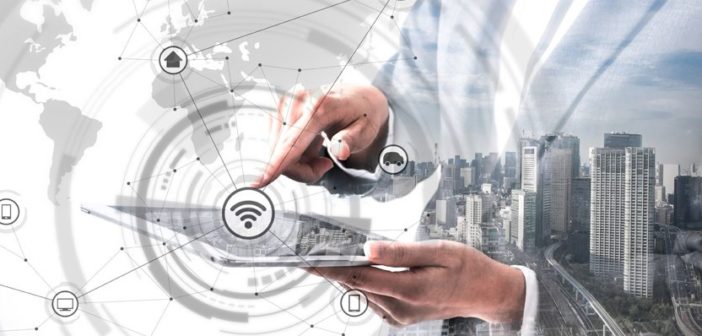
Digitisation and Internet of Things are two buzz words of the current technological age that are often used these days in the media, boardrooms and strategy discussions within every organisation. But are they interchangeable or is there a difference between the two notions?
Digitisation by nature implies a market transition or a different approach to a market, enabling an organisation to improve an outcome in either productivity, process, lowering costs, accessing an adjacent market, improving client or staff experience or leveraging information from digital assets. Internet of Things (IoT) on the other hand, is more about devices and sensors that can assist in the digitisation of an organisation such as connecting people, data, process, and things together.
Each in their own right is great but it’s not as powerful as when they are combined and applied together. For example, connecting people, data, and devices all at the same time can significantly change a process. And therefore, we often see the two terms used together in the same language.
In short ‘digitisation’ is about the outcome and the ‘IoT’ is an enabler to the outcome. This is an important point as we find that organisations often see the IoT being possible through the connection of ‘widgets’ or technology in a bespoke fashion for a specific requirement or promise of an improved value. What needs to be leveraged is the existing assets such as the network, both Information Technology (IT) and Operational Technology (OT). The fact is that we are seeing more and more companies being sold on the hype that amazing digitisation outcomes will only occur when organisations dream and add new shiny devices to their networks. The temptation is there to make knee jerk decisions on the myriad of IoT solutions and platforms. However, this can and will prove difficult when looking to scale, manage, and secure additional solutions…Click HERE to read full article.





